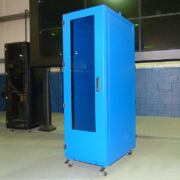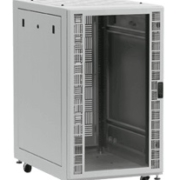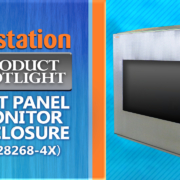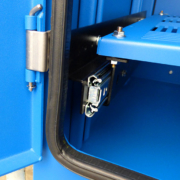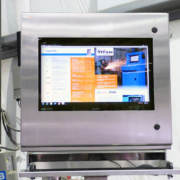Keeping Rack Enclosures Cool with Thermal Management
When installed inside of a server rack enclosure, there are many factors that can affect the performance of electronics.
Popular reasons for using thermal management, include: environments that are hot and dirty or electronics that produce a good amount of heat inside of an enclosure. For example, if the temperature outside a rack enclosure will reach 110° F or above, the internal components must be kept at a cooler temperature. However, proper cooling or ventilation is dependent on the environment and contents of the rack enclosure.
Why is cooling such an important factor in a rack enclosure solution? At the beginning of a project, if thermal management is not properly configured, several things could go wrong with the enclosed electronics. Faults in electrical components and overloads may lead to a tripped breaker, decreased life expectancy, or an unexpected equipment shutdown.
According to James Stratford, in his article, ‘The Importance of Thinking Thermal Early in the Design Process’, “It is very important to consider and deal with thermal challenges early in the design process and with assistance of specialists if you don’t have them in house. Doing this can lead to a better, more reliable end product with predictable performance that avoids the risk of components running at excessive temperatures that shorten their life expectancy and risk erratic performance.”
5 Types of Cooling Methods for Server Enclosures
- Vents/Louvers – The simplest method of enclosure cooling is utilizing a vent or louver to provide a natural convection/airflow. Natural convection cooling is simply air that is created when warm air rises and is replaced with cool air. Generally, louvers are added at the top for hot air to escape and at the bottom for cool air to be drawn into the enclosure. Is this right for your application? The maximum ambient temperature must be cooler than the maximum allowable enclosure temperature.
- Fans – Forced ventilation will move air across the enclosure to increase the cooling rate compared to vents. Fans will produce a higher air flow rate than natural convection cooling.
 Is this right for your application? The maximum ambient temperature must be cooler than the maximum allowable enclosure temperature. However, fans have the ability to filter particulate matter that should remain outside of the server cabinet.
Is this right for your application? The maximum ambient temperature must be cooler than the maximum allowable enclosure temperature. However, fans have the ability to filter particulate matter that should remain outside of the server cabinet.
- Heat Exchanger – Heat exchangers use a closed loop cooling system. The air inside of the enclosure is cooled and circulated without the exchange of ambient air and will also maintain the enclosure’s NEMA rating. Is it right for your application? The maximum ambient temperature must be less than the maximum enclosure temperature. Depending on the construction, a heat exchanger may be used in a NEMA 12, 4 or 4X environment.
- Vortex Cooler – Vortex cooling units use compressed air to cool internal components and displace the warm air that is inside of an enclosure. Is it right for your application? A vortex cooling unit is not a closed loop system, but may be used with NEMA 12, 4 or 4X enclosures. These units also create positive pressure inside of the enclosure, so that dust and other particulate matter will not be drawn into the cabinet. There are no moving parts, so the lifetime is much longer than most thermal management systems and there is very little maintenance.
- Air Conditioner – Air conditioners are another common closed loop cooling system. The inside of the enclosure is cooled by an evaporator coil and circulated without mixing outside air. Is it right for your application? Air conditioners will maintain an enclosure’s NEMA rating and they have a much wider cooling capacity compared to heat exchangers and fans. However, due to the compressor, air conditioners tend to be large in size.
Remember – consistent temperatures (inside of the cabinet) is key to creating optimal operating conditions. Inadequate cooling or air flow can destroy electronics! Knowing all of the options that exist for rack enclosure cooling, along with the benefits and limitations, will help you make the best choice for the application.
For an accurate recommendation on enclosure cooling, fill out a ‘Cooling Worksheet‘ and speak to an enclosure specialist.

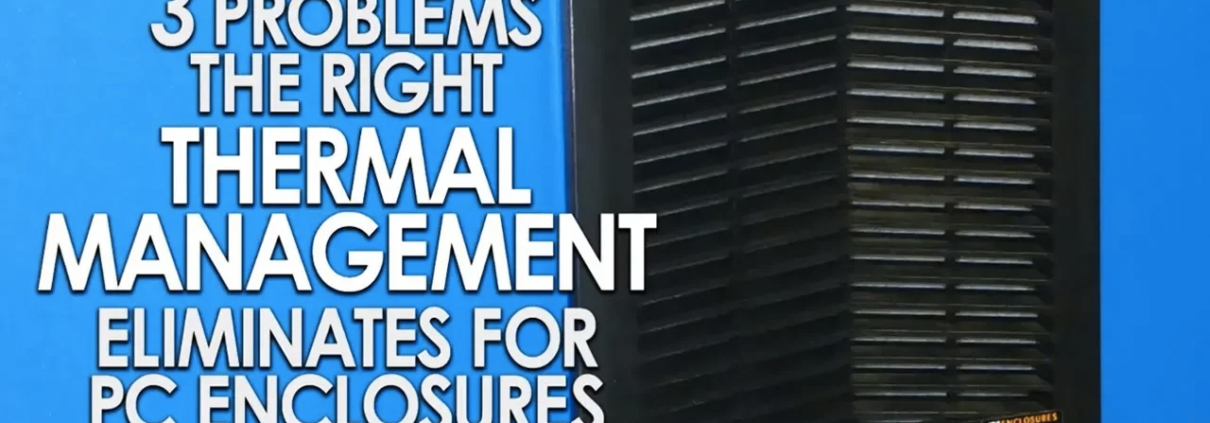
 ITSENCLOSURES, 2022
ITSENCLOSURES, 2022 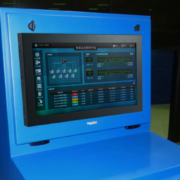
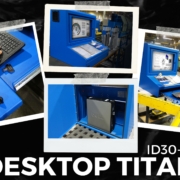 Copyright 2023
Copyright 2023 